A lot more goes into marketing and sales than simply generating leads and closing deals. Much of the work revolves around nurturing leads toward conversion.
Because marketing generates leads through channels like online ads, organic search, and social media, sales teams are responsible for building relationships with leads and nudging them to convert. That’s where the real fun and creativity happens.
But it’s critical to track how well your strategies are performing throughout the process and what the lead value is behind each conversion.
What is lead value?
Lead value is the total monetary value each lead contributes to your company. Understanding this helps you
- Assess how effective your current marketing and sales strategies are (Remember, you never want to spend more to convert a lead than the actual sale is worth.)
- Forecast sales and revenue so you can set better marketing and advertising budgets
To determine the value of each lead, you’ll first need to calculate how much it costs to acquire one.
Steps to use lead value to boost sales
- Find the cost per lead
- Determine lead value
- Discover your conversion rate
- Forecast sales and set budgets
- Use this data to improve sales and profit
Find the cost per lead
You need the cost per lead to determine your lead value — though it’s a useful number in other ways as well, such as indicating how effective your marketing strategy is. A lower cost per lead means you have valuable content and you’re targeting the right audience.
Here are the components of the cost per lead formula:
- Lead acquisition cost: how much it costs to acquire a lead, such as the total spend for a Facebook ad campaign or the cost to produce a blog post that drives traffic through SEO or organic social shares
- Leads acquired: the number of leads that a campaign generates, measured as newsletter signups or a different set of criteria that suits your definition of a lead in your sales funnel
The formula to calculate cost per lead is lead acquisition cost ÷ leads acquired = cost per lead.
If you spend $100 on a series of Facebook ads (cost) to promote an online course, and 20 people sign up for more information (leads acquired), then your cost per lead in this campaign is $5.
Determine lead value
Once you know how much you spend to acquire each lead, you can find the lead value.
The new component for this formula is the total sales value, which is the revenue brought in by a campaign. The formula to determine lead value is total sales value ÷ leads acquired = lead value.
Using the example from the previous section, say that you made $1,500 from selling your online course, and all students came from that one Facebook ad campaign (unrealistic, but aim big, right?). That campaign generated 20 leads, so the value of each of those leads is $75.
So far, so good!
Discover your conversion rate
In the next phase of assessing how cost-effective your marketing and sales strategies are, you’ll need to calculate your conversion rate.
The new component in this equation is converted leads — the leads that turned into paying customers. The formula to find your conversion rate is converted leads ÷ leads acquired = conversion rate.
If 10 out of the 20 leads that came from your Facebook ads actually bought the course, that means you have a 50-percent conversion rate. Not bad!
Forecast sales and set budgets
When you have lead value and conversion rate data, you can project future revenue and set appropriate marketing budgets to achieve new sales goals.
If you made $1,500 from your first online course, perhaps you’d like to make $3,000 from the next one. The formula to calculate what’s needed to achieve this goal is sales goal ÷ lead value = number of leads needed.
You can estimate that you’ll need 40 leads to reach a sales goal of $3,000. This falls in line with your current conversion rate of 50 percent.
Here’s the formula to set an appropriate marketing budget to achieve this goal: Number of leads needed x cost per lead = marketing spend.
If you need 40 leads — and in the past you spent $5 to acquire each lead — then budget $200 for Facebook ads on your next online course.
Don’t be surprised, though, if the campaign doesn’t perform exactly like before. These calculations are there to help you estimate and provide variables you can experiment with in future campaigns.
Use this data to improve sales and profit
None of the numbers used in these formulas are set in stone. It’s possible to change them to better optimize your strategy and improve marketing performance. You can get creative with lead value data the same way you get creative with content.
In the example we’ve been using, you sold your online course for $150 per student. What if you lowered the cost to $100 to see if this improves the conversion rate? If 15 out of 20 leads converted from your Facebook ad spend of $100, you would make the same profit. Or what if you try different campaign types to see if you attract more leads?
Don’t be afraid to collect feedback from your customers to better understand what drew them into your sales funnel and why they converted. And don’t forget: Jotform can help you every step of the way — from starting the lead generation process to closing the deal.
































































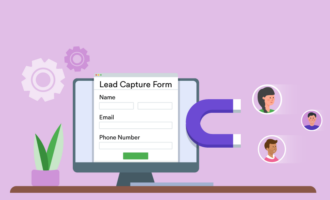





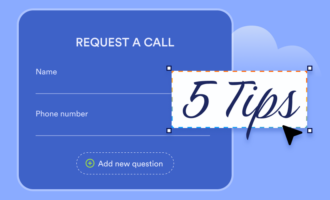

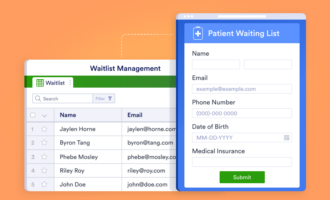



















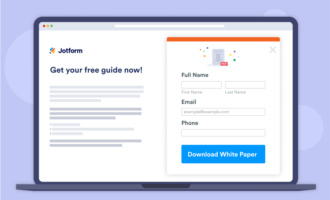




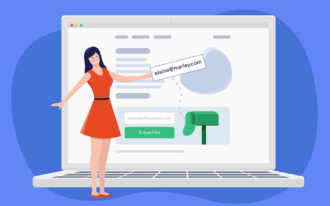
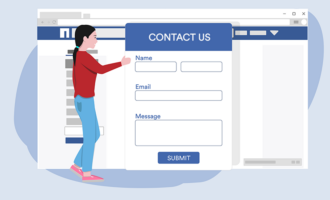





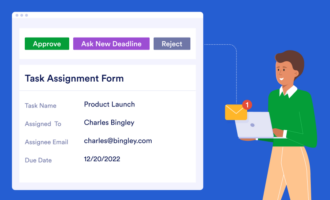

Send Comment: